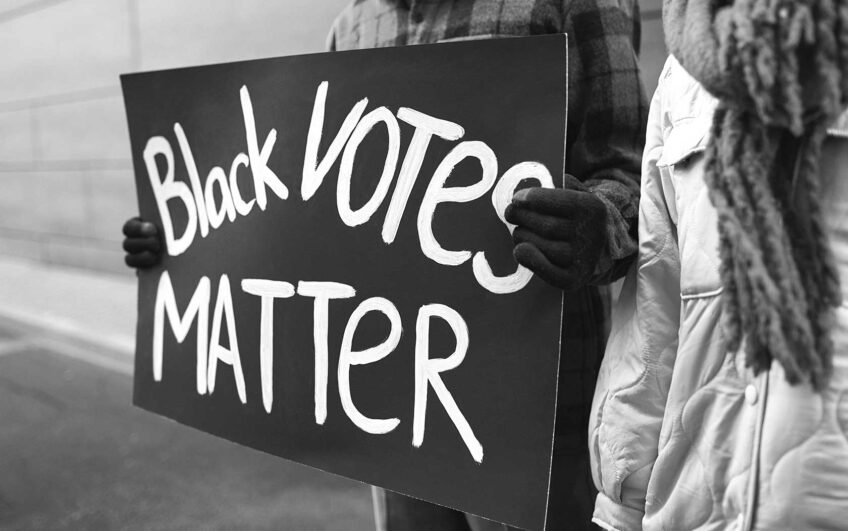Growing up, my family periodically experienced food insecurity. The most affordable foods my older brother and I gravitated to were penny candies, chips and other junk food from the local corner stores. My mother, a Sierra Leone native, worked hard to build a life in America, the land of opportunity, for myself and my three brothers. But the obstacles we faced to access nutrition in this country challenged us. With my own children, I hoped access to affordable healthy food would be better.
I secured a decent job while in my twenties that became a great career after I had my first two children. Because I worked part-time and attended school part-time, I applied for and received WIC (Woman, Infants, Children program), which was a great help in nourishing them. I made sure that they had at least two good meals daily and snacks.
In Massachusetts, food insecurity peaked in May 2020 at 23.6% for households with children, but for Black households, that number was 37.3%, according to the U.S. Census’ Household Pulse Survey. I was furloughed along with a number of my coworkers and those numbers felt magnified for us. It was a relief when federal waivers allowed for schools to offer free grab-and-go meals. After receiving an email, we hesitantly decided to check out a nearby meal site.
I remember walking my soon-to-be kindergartner to his school to pick up a free lunch and breakfast for the next day. On our way, we saw several other families who knew to bring bags to take more food home. Some students grabbed their bags and left while others ate on the spot or took their food to the nearby park. We weren’t prepared, but we learned quickly. In this moment, I realized there was no need to feel embarrassed about receiving a free meal. We weren’t alone.
When schools returned to in-person learning, the extension of state funding in Massachusetts enabled my son to continue receiving free school breakfast and lunch. All parents benefited — those who had to be up and out on time for school and work and didn’t have time for meal prep, those who ran late and couldn’t get to their meals, and the food insecure. I noticed the difference in my son. He started to build positive eating habits, eating more foods than just the peanut butter and jelly sandwiches he used to crave and branded snacks he saw on TV. When he was fed, he was ready to learn.
Research has shown time and again that universal school meals participation positively impacts children’s mental health (including reductions in hyperactivity, anxiety and depression) and their psychosocial well-being, reducing aggression and decreasing discipline problems.
This year, Massachusetts became the eighth U.S. state to pass permanent School Meals for All. Now, I know that my son won’t ever have to question whether or not he can get breakfast or lunch during the school day, and I don’t ever have to worry about him being able to eat when he leaves home each day.
This is the time for our children to enjoy being kids, not worrying about if their families can afford food or if they will be singled out for needing a free school lunch. Lunch time is better when kids all eat together, and while it may sound backwards, I encourage families to send their children to school hungry for lunch. In Massachusetts, we know they will be fed.
Musu-kulla Massaquoi is a parent advocate for Project Bread, the leading statewide anti-hunger organization in Massachusetts.






